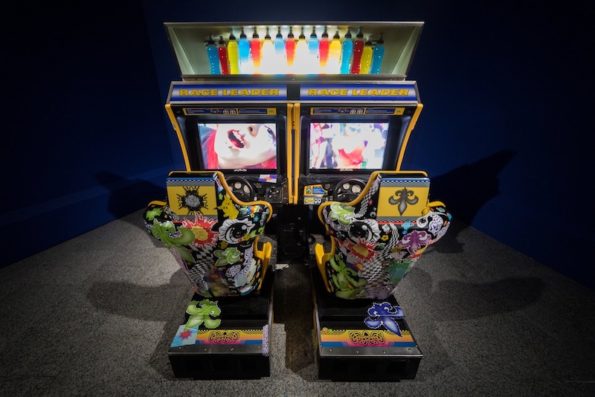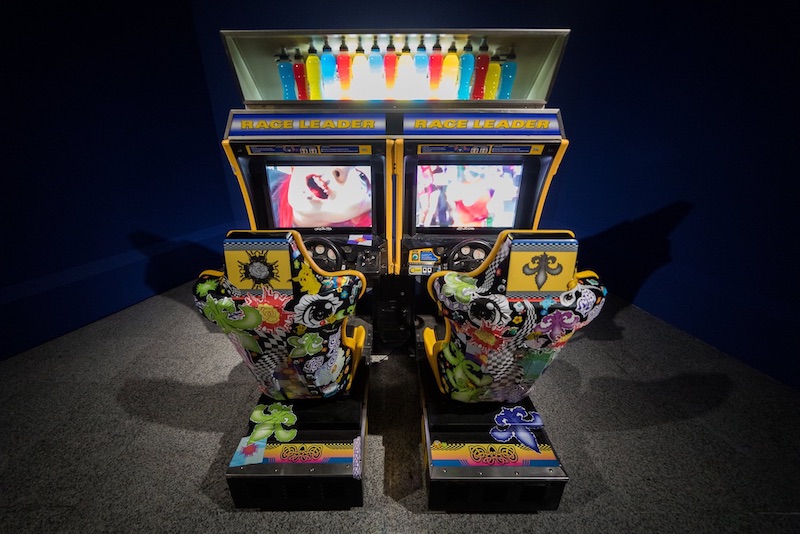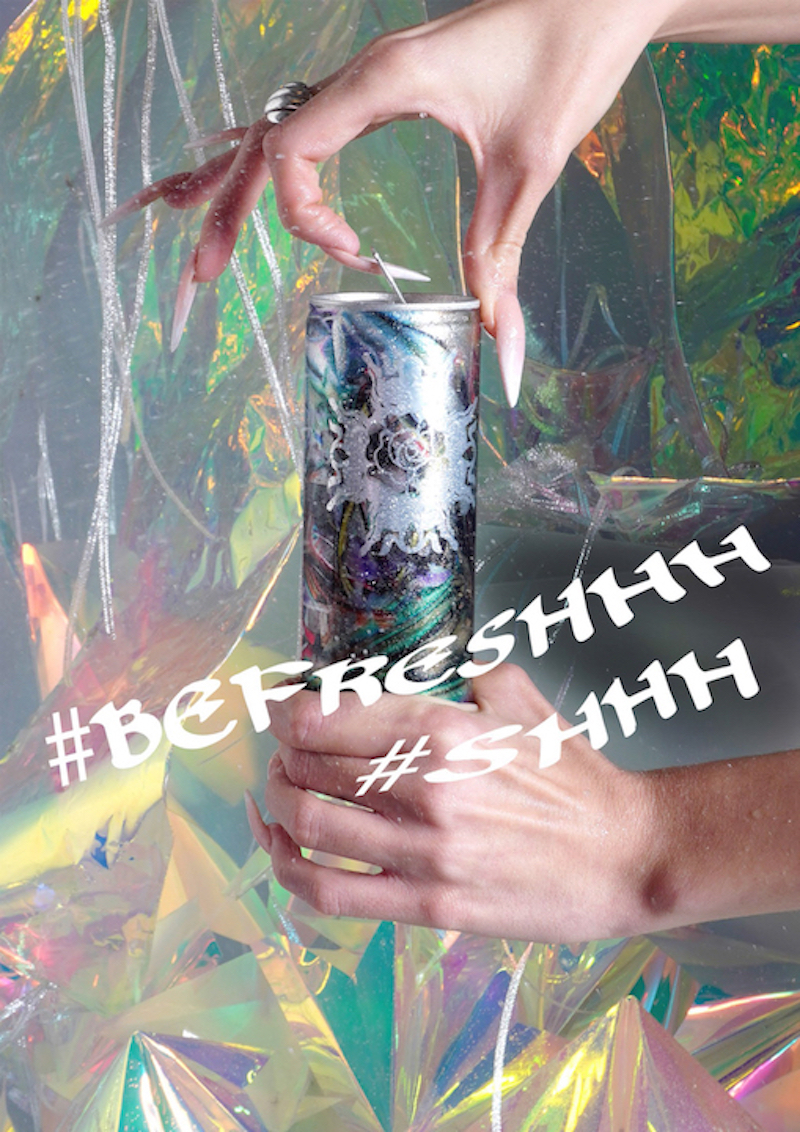Search
To search for an exact match, type the word or phrase you want in quotation marks.
A*DESK has been offering since 2002 contents about criticism and contemporary art. A*DESK has become consolidated thanks to all those who have believed in the project, all those who have followed us, debating, participating and collaborating. Many people have collaborated with A*DESK, and continue to do so. Their efforts, knowledge and belief in the project are what make it grow internationally. At A*DESK we have also generated work for over one hundred professionals in culture, from small collaborations with reviews and classes, to more prolonged and intense collaborations.
At A*DESK we believe in the need for free and universal access to culture and knowledge. We want to carry on being independent, remaining open to more ideas and opinions. If you believe in A*DESK, we need your backing to be able to continue. You can now participate in the project by supporting it. You can choose how much you want to contribute to the project.
You can decide how much you want to bring to the project.

For years I have focused part of my research and work on the mashup, a device that functions as a juxtaposition of ideas, but which also has its roots in the concepts of over-identification, ritual and revolt.
To make it easier to understand, we can consider the mashup in the world of music, in which it has become its own genre.
In any case, mashups seek to reappropriate a language and to subvert it, with more or less aesthetic and conceptual success. The mashup is dangerous because it shows that the music industry is, to say the least, exhausted. It should be emphasized that a mashup is not a remix or a sample, although in formal terms it has the same root: inserting a characteristic and recognizable element within another. A musical mashup combines these two elements (remix and sample) and integrates them at the same time. It could have the voice of artist 1 on one side and the bass of artist 2 on the other side, or even mixed together. Mashup was born as a form of distortion in which hybrids of highly commercial songs were made to highlight the low quality or, at least, the poor variety of the mainstream product.
As it is well known, there is no need to create the classic structure of introduction-development-climax, as the mashup is reinforced by joining together songs to create a new, completely different song, one that has its own meaning. If we think of those elements as footage, the result is more than obvious, as it manages to create another meaning or at least to unify highly recognized elements. It is an imaginary work that plays around with the very genre it criticizes, subverts it with his own language and can, if we don’t pay attention (until part of this Frankenstein monster clicks in our heads and we recognize the original), become the new summer hit.
If for Lyotard postmodernism is the death of a great, unique story in favor of small fragmented narratives, the critic Hiroki Azuma proposes the idea of a Great Data Base, where there are infinite combinations at our disposal that can supplant the great story, and forever abandon the idea of discovery or originality in order to embrace the idea of an infinite remix.
We could consider a mashup as a sigil that operates in reality (or in the great data base), engulfing it in a ritualistic system. For the magic of chaos, in contrast to a magical paradigm shift, it is essential for the transformation, an end unto itself of sigil, to build symbols that oppose what one wants to achieve and to subvert a previous reality, as well.
It is interesting how, in addition, by means of this subversion of capitalism itself, a system is built that cyclically escapes from practices that try to resist and criticize it when the mainstream assimilates alternative culture, and in the last decade this has occurred in the opposite direction, as happened with hyper-pop. We should mention here that capitalism is the great desiring machine that constantly fulfills collective sigils.
A good example of the sigil-remix paradigm is the thread that leads us from Discordianism to the constant escape ritual through magical actions of subverting the system by means of culture jamming. In 1957, two lovers of pranks and Southern Californian absurdity came together to perpetrate one of the most popular false religions of the last century, Discordianism.

Despite being conceived from contradiction, the cult of Eris, the goddess of chaos, Discordia for the Romans, it still exerts a profound influence on counterculture by containing an anti-hegemonic and rebellious discourse that promotes chaos, confusion and uncertainty. It is only when Robert Anton Wilson (aka RAW) talks about this cult in his trilogy The Illuminatus!, whose first volume was published in 1975, when the popularity of this false doctrine takes off. The book revives Discordians by representing them as the forces that operate in the shadows and that save us from corporate evils. This text is the cornerstone of many phenomena that emerged from the underground scene, and RAW became a kind of guru for the movements of activists that emerged with the rise of computers and the Internet. During the 1980s, this hacker proto-community becomes interested in this movement and creates subdivisions within the Discordianism of the 1960s. The term hacker gained tremendous popularity with the WWW boom within Hollywood and mass media but, within the nerd base that supported it, its use is applied to rethink their pranks as interruptions of reality, a kind of living T.A.Z. with its own term, reality hacker, associated with anti-capitalist movements and with neo-psychedelic and pseudo-fictional currents of thought, such as those of Terence Mackenna, where we encounter once again a magical paradigm leap and the intervention of reality.
In Jamming culture, as an active part of artistic practice associated with the magical disposition of cultural capital and with the subversion of the system, the common thread is an ironic attitude towards the homogeneous nature of popular or mass culture transmitted by the media. It has also, in certain cases, been associated with the concept of guerrilla communication, since it opposes government and/or other powers, as well as the established order. Its objectives are the following:
Ultimately, an important part of subverting the prevailing hegemonic order system is to over-identify it as a symbol in order to be able to execute its transformation.
In my artistic practice I have approached this idea in different ways, from a collective performance (Poptlatch bingo, Matadero, 2015) where a bingo-Dj session based on mashups was held, to the intervention of arcade machines with videos that speak to us of perversion (Gilles de Raid, 2020) and the escape of online identities renamed as Temporarily Autonomous Communities (Caosmotropia, CentroCentro, 2018).
An important part of this magical thinking device was deployed in Matadero during the residency program with Teratoma (2019), an online performance and hoax that ended up engulfing reality through its own media, generating expectations and desires for a non-existent product (an energy drink, a fetish of turbo-capitalism).


Marian Garrido received her BA in Visual Arts from the Complutense Madrid University and an MA in Contemporary Art History and Visual Culture from the MNCA Reina Sofía. Her artistic practice addresses several converging themes, including accelerated capitalism and its survival through adaptability that is capable of engulfing or adapting discourses or ideas, and sci-fi as a scenario of speculative contingency.
mariangarrido.com
"A desk is a dangerous place from which to watch the world" (John Le Carré)